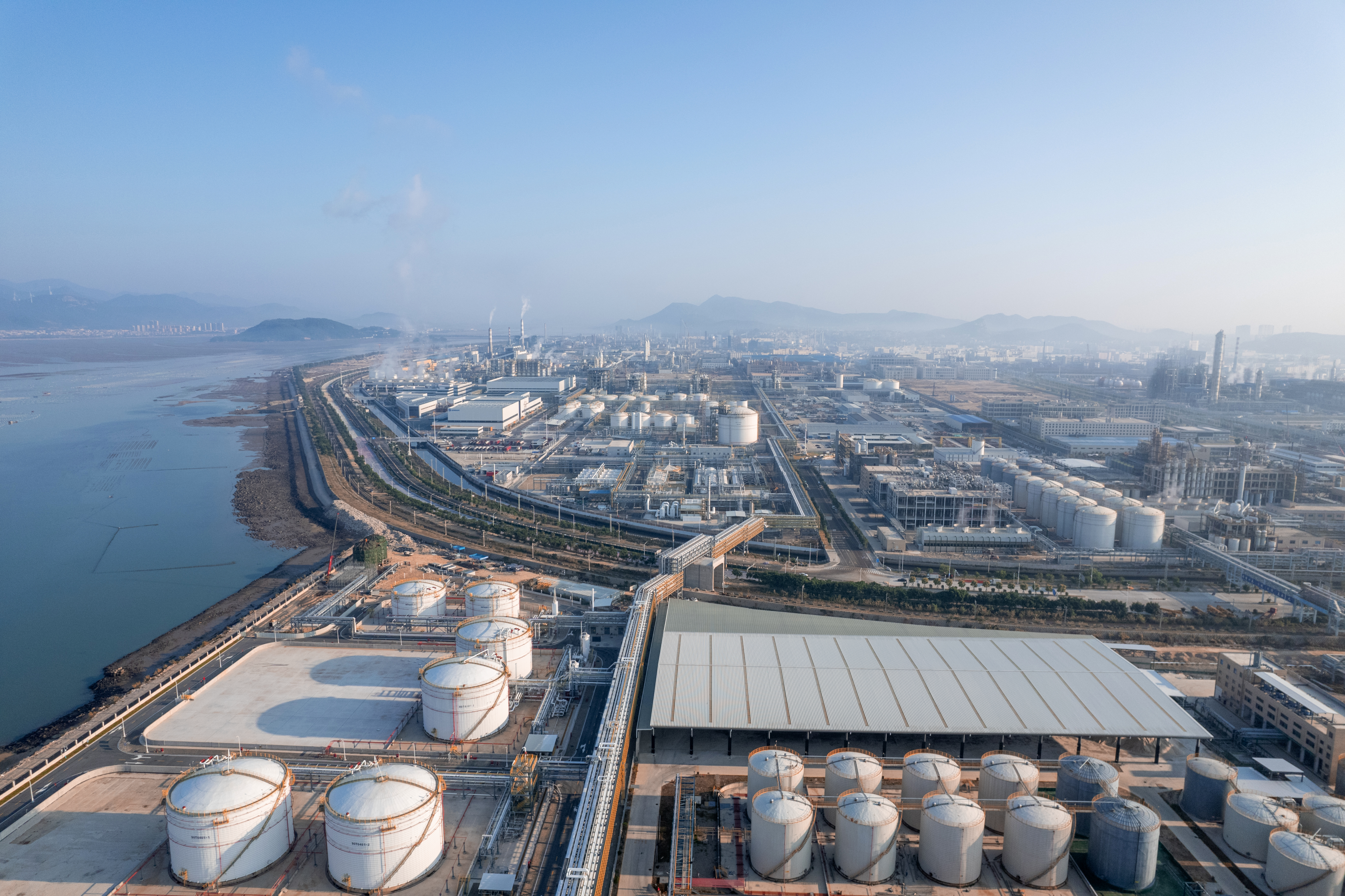Regulation (EU) 2024/1789 and its impact on the renewable, natural gas and hydrogen markets
Published on 10th October 2024
The European Union updates the common regulatory framework for renewable gases. The text aims to respond to the most important issues, challenges and challenges facing the sector

Last June, the European Union adopted Regulation (EU) 2024/1789 of the European Parliament and of the Council of 13 June 2024 concerning the internal markets for renewable gas, natural gas and hydrogen and amending Regulations (EU) No 1227/2011, (EU) 2017/1938, (EU) 2019/942 and (EU) 2022/869 and Decision (EU) 2017/684 and repealing Regulation (EU) No 2022/869.No 1227/2011, (EU) 2017/1938, (EU) 2019/942, (EU) 2022/869 and Decision (EU) 2017/684 and repealing Regulation (EC) No 715/2009 (the "Regulation 2024/1789").
The new package of measures will apply from 5 February 2025 and Member States will have two years to adapt their national legislation to it, following the transposition process of Directive (EU) 2024/1788 of the European Parliament and of the Council of 13 June 2024 concerning common rules for the internal markets in renewable gas, natural gas and hydrogen, amending Directive (EU) 2023/1791 and repealing Directive 2009/73/EC. In this regard, the Ministry for Ecological Transition and the Demographic Challenge has opened the prior public consultation procedure, until 16 October, to gather the contributions of those interested in said Directive.
Measures relating to the supply of natural gas
Following the restrictions in natural gas supplies resulting from the armed conflict in Ukraine, Member States exceptionally and temporarily adopted measures aimed at phasing out their dependence on Russian fossil fuels. In this regard, Regulation 2024/1789 elaborates certain provisions previously introduced in response to the natural gas supply crisis, but with the aim of making them permanent and consolidating them, thereby strengthening the common market in natural gas.
This policy revolves in particular around the demand aggregation mechanism and the joint purchase of natural gas, and the hydrogen market support mechanism. Also sets out proposals to improve the use of liquefied natural gas facilities and natural gas storage, and additional solidarity measures in the event of gas emergencies. In this regard, administrative barriers to third parties' access to the EU GNL grid are removed.
Most of these provisions will apply from 1 January 2025, except for those relating to the establishment and selection of a service provider to perform tasks under the demand aggregation mechanism and the joint purchase of natural gas, which have been in force since the entry into force of Regulation 2024/1789.
Towards a climate-neutral EU by 2050 through biomethane and green hydrogen
The objectives of Regulation 2024/1789 include the reduction of greenhouse gas emissions, in line with the goal of decarbonising the European Union by 2050 imposed by the so-called "Green Pact". To this end, the aim is to facilitate the penetration of renewable and low-carbon gases into the system, supporting the production of sustainable biomethane and promoting its cross-border trade, in order to improve efficiency, achieve competitive prices, increase the quality of service and contribute to security of supply and sustainability. Furthermore, a key role is given to green hydrogen as a driver of the energy transition.
In this respect, full integration of transmission system operators for both fuels is pursued by promoting the interoperability of EU transmission grids —which will also include distribution operators— and regional structures are invited to be set up for a better performance of the system.
With regard to promoting the use of biomethane to the detriment of other fossil gases, Regulation 2024/1789 prioritises its connection to gas transmission and distribution grids, speeding up the deadline for responding to injection requests from production facilities and granting the regulatory authority the power to apply discounts on transmission and distribution tariffs.
As regards green hydrogen, the regulation introduced in August the above-mentioned mechanism to support the development of the hydrogen market. Similarly to the natural gas grid, cross-border coordination will be promoted to ensure third-party access to the grids and foster competition, and harmonised tariffs may be established. In addition, a plan to develop the grid at EU level will be implemented, including modelling of the integrated hydrogen grid, scenario modelling, European perspectives on supply adequacy and an assessment of the strength of the grid, among other features.
Finally, the regulation also establishes grid codes in both areas, developing a set of technical standards and guidelines governing the operation, access and management of energy grids.
This new regulatory framework and its transposition into Spanish law is a breath of fresh air for a sector which, after 26 years of major advances and transformations, is still governed by the current Hydrocarbons Sector Law of 1998; and will incorporate the penetration of renewable sources, energy efficiency and the promotion of renewable gases and new fuels into the basic regulations.
Should you wish to know more about the issue discussed in this note, please do not hesitate to contact one of our experts listed below or your usual contact at Osborne Clarke.





